Casting Bronze in the Heart of the City
I’m stating the obvious here, but making art is hard. Writing words, shooting photographs, painting paintings, printing prints…It’s all freaking difficult. But sculpting sculptures – especially sculptures made from white-hot molten metal that turns into rock-hard bronze – at least logistically speaking, might be the trickiest of all art forms.
I never thought about how bronze sculptures get made, just as I never think about how iPhones or microwaves or railroad bridges or pencils get made. They’re just amazing things created by people way smarter than me, put on this earth for my consumption.
Then I visited the Workhorse Bronze Foundry and gained a whole new appreciation for the creation of this type of art.
I went to Workhorse last week as part of the Long March to Freedom art walk. Several of the Long March to Freedom sculptures were made there, and it was cool to follow the path of these historic bronze figures that I’ve now visited several times in different locations. More generally though, it was cool to visit the place where so many of South Africa’s great sculptors make their art.
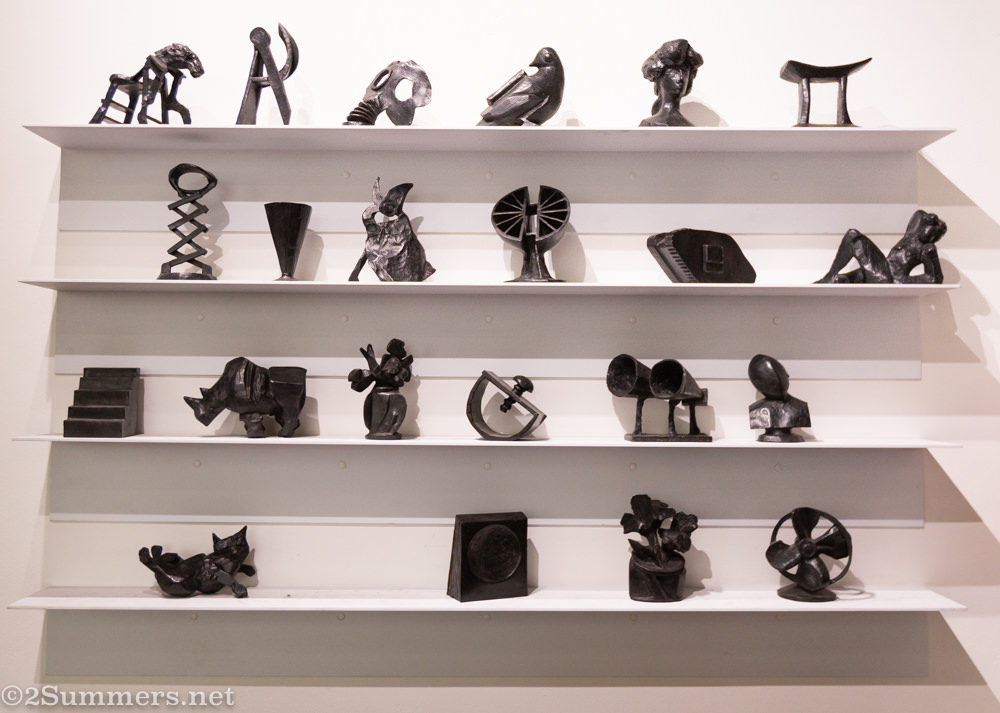
The Workhorse Bronze Foundry
The first interesting thing about the Workhorse Foundry is its location, smack in the center of downtown Joburg and not in a trendy neighborhood like Maboneng or Braamfontein. This is “deep CBD”, in an area scattered with semi-abandoned buildings and stray piles of garbage.
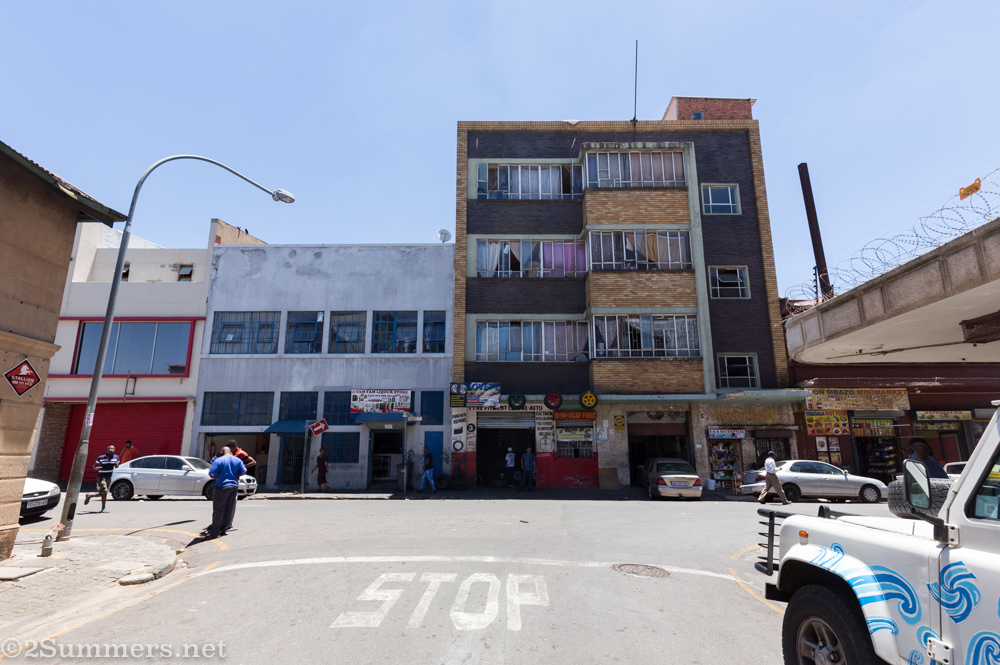
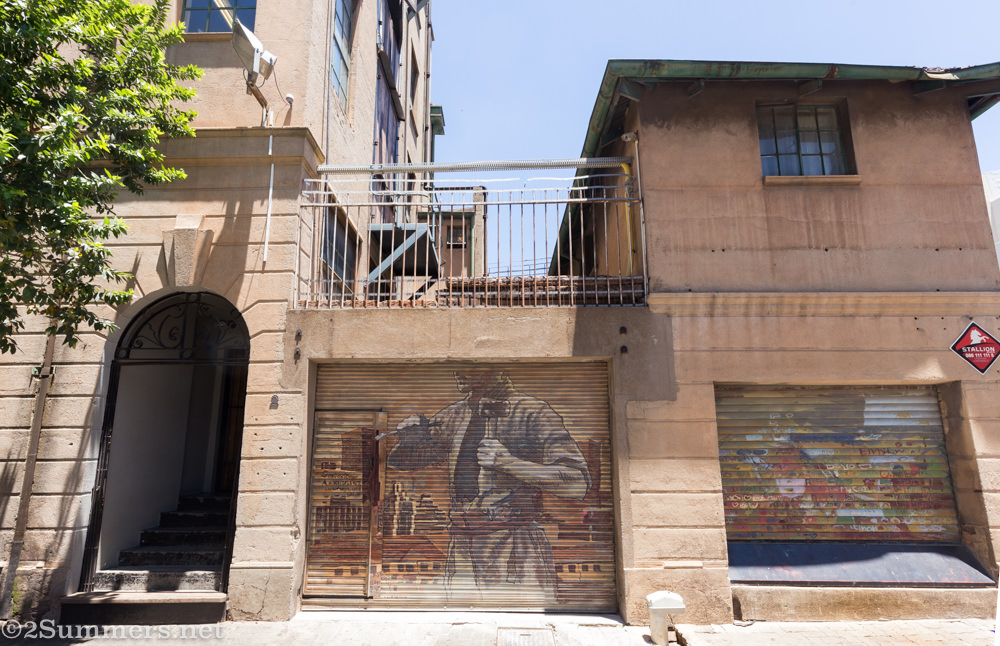
You step inside the building and suddenly find yourself in this cool, quiet, oasis of art, a million miles away from what’s happening outside.
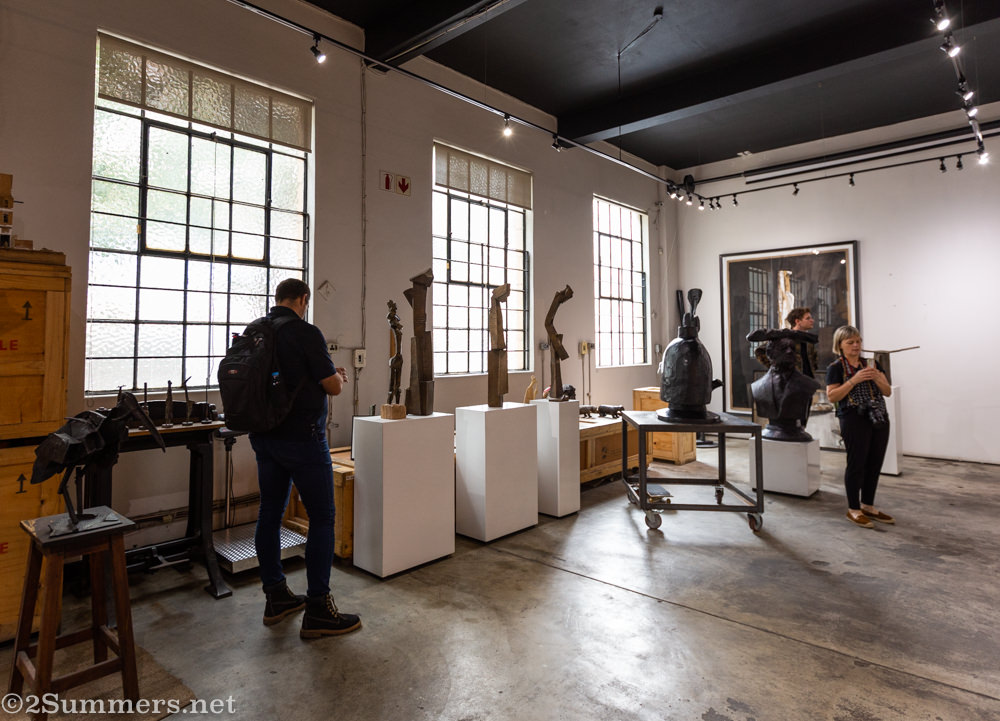
Let me very briefly, and probably inaccurately, summarize the bronze casting process.
First the artist creates a model out of clay or wax or some other material. The artisans at the foundry then create a mould of that model, which is the exact negative of the model itself. Then the artisans use the mould to create a wax copy of the original model, which is dipped into a silica slurry and turned into a hard shell.
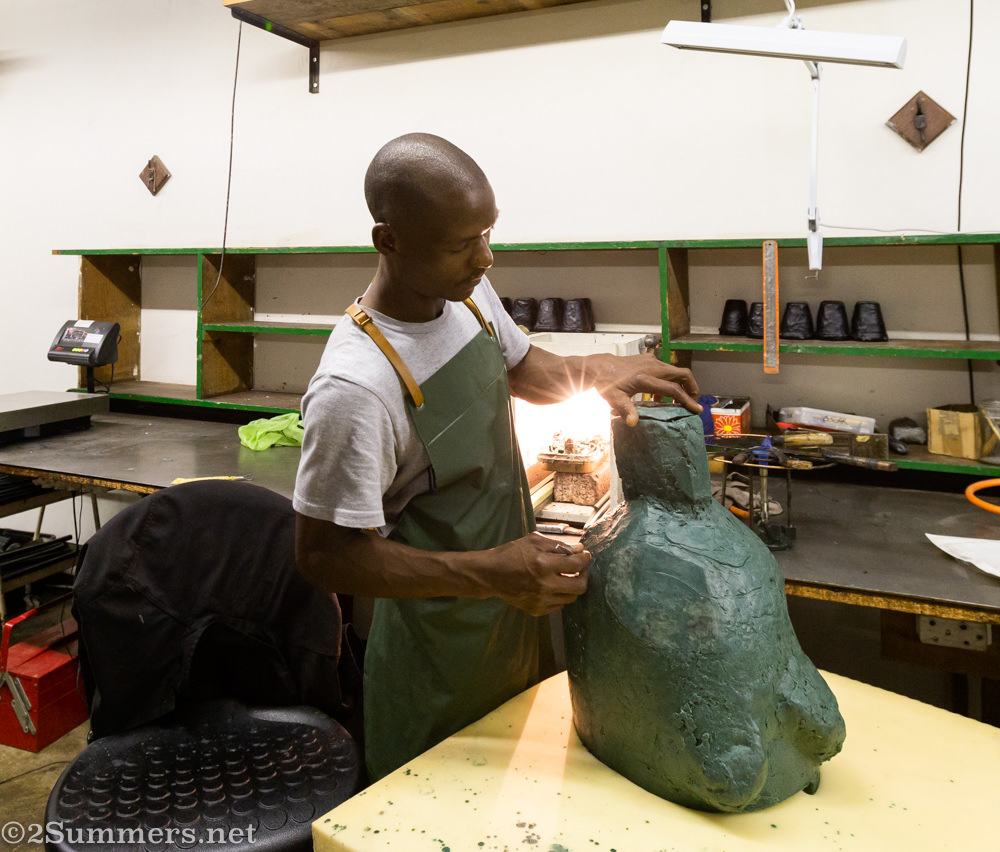
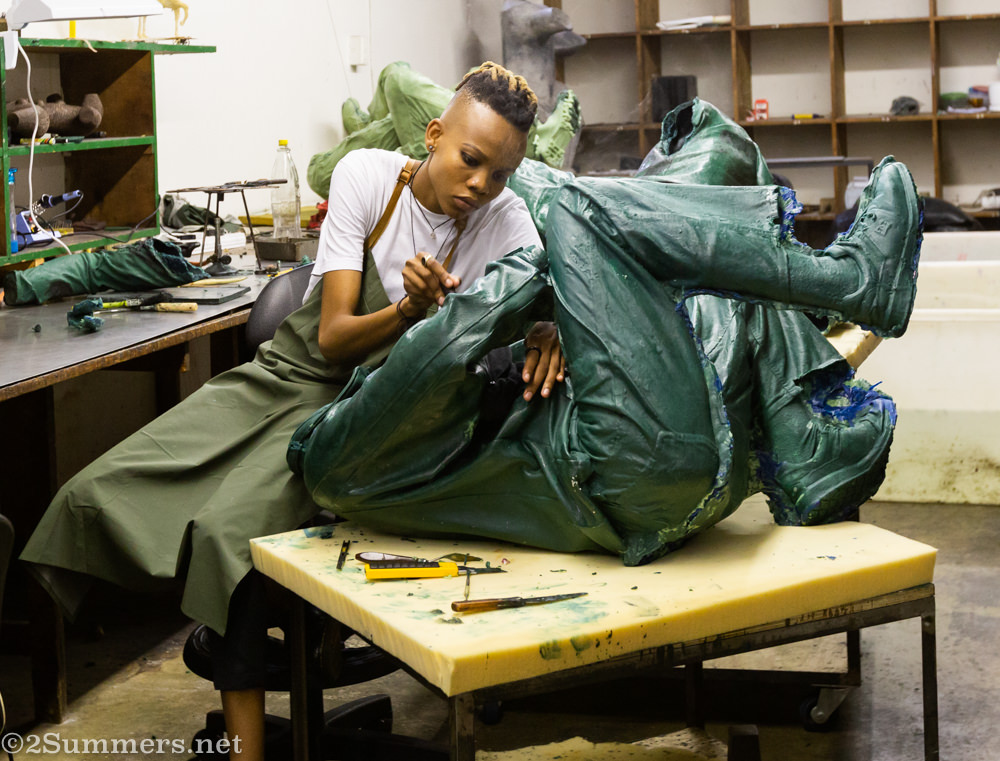
The metal is heated to a temperature of nearly 1000 degrees (literally), poured into the shell, and eventually cooled and turned into a bronze replica of the original model.
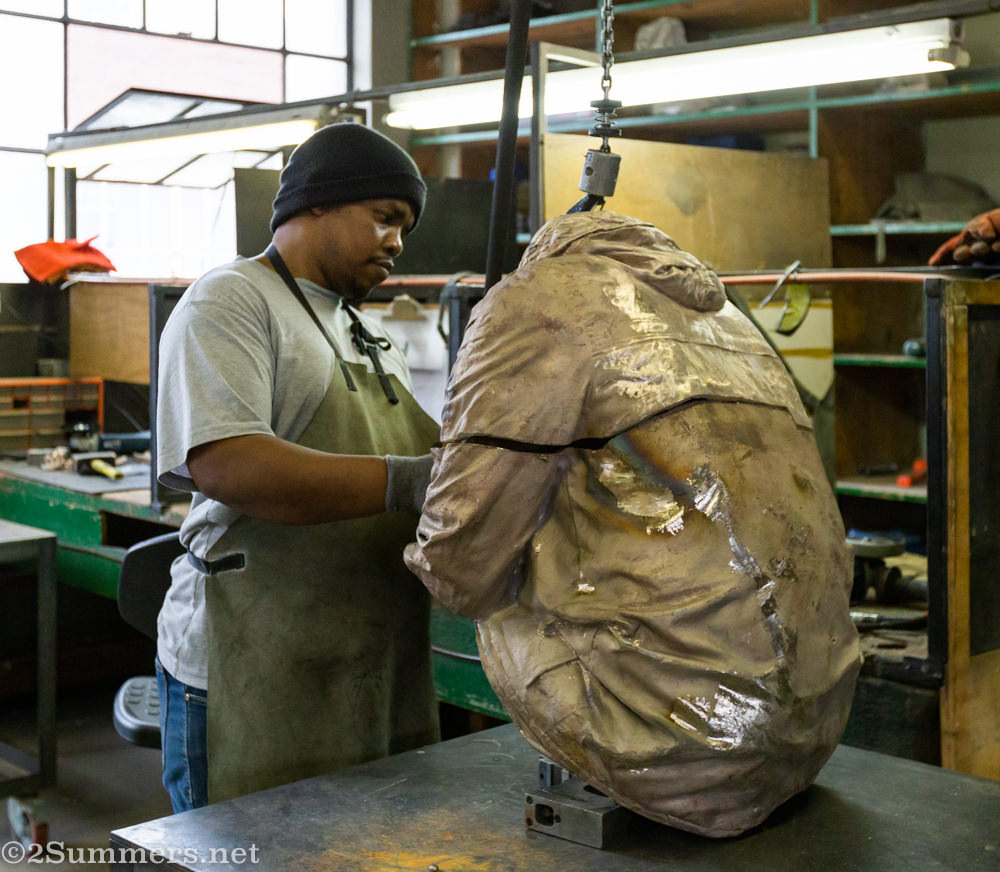
The final step is the application of patina – a chemical finish sprayed on with a blowtorch, which makes the sculpture look shiny or colored.
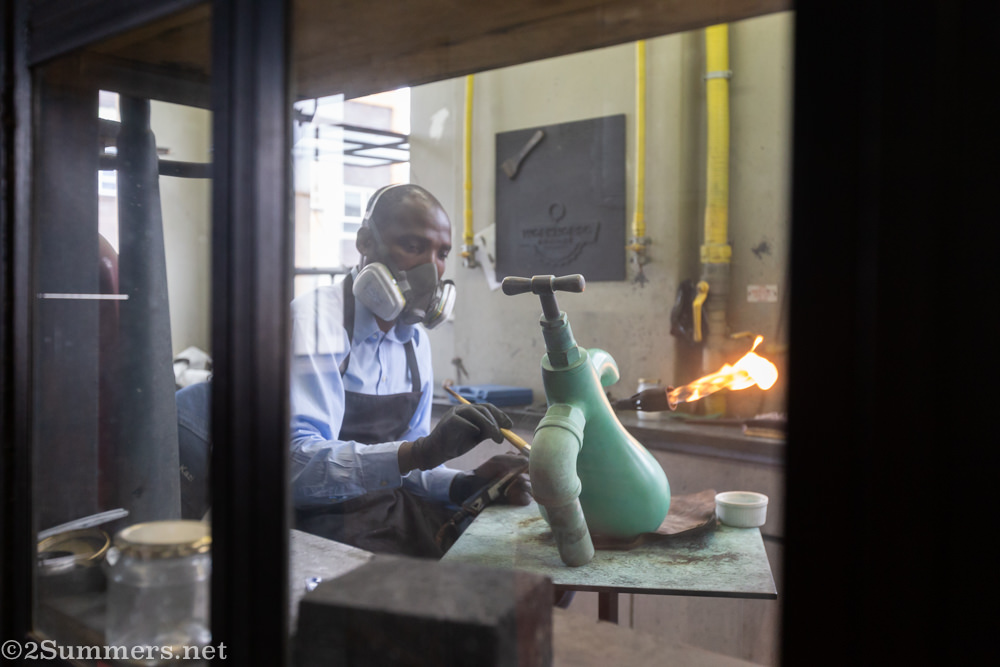
See the Workhorse website for a much better explanation of this process. Also, studio manager Rina Noto does a fantastic job of leading guests through the foundry and explaining the bronze casting process in just the right amount of detail. I highly recommend touring the foundry with Rina, but tours are strictly by appointment and only during the week.
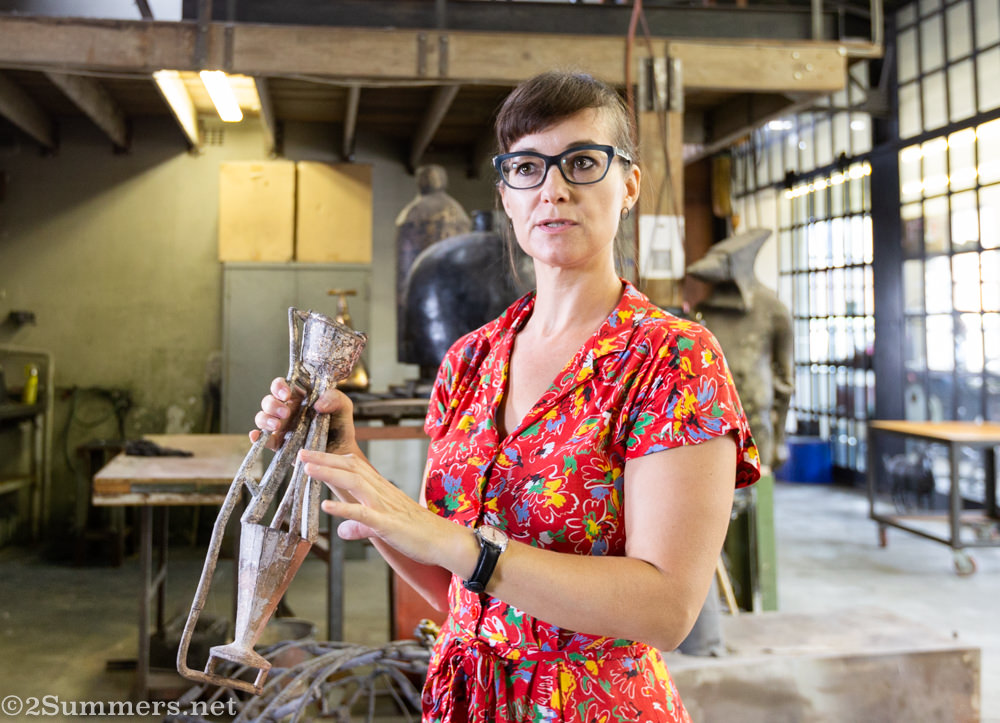
Everything that happens at Workhorse is mesmerizing, and on top of all that the owner of the foundry, Louis Olivier, is a sculptor himself and has his studio in the building.
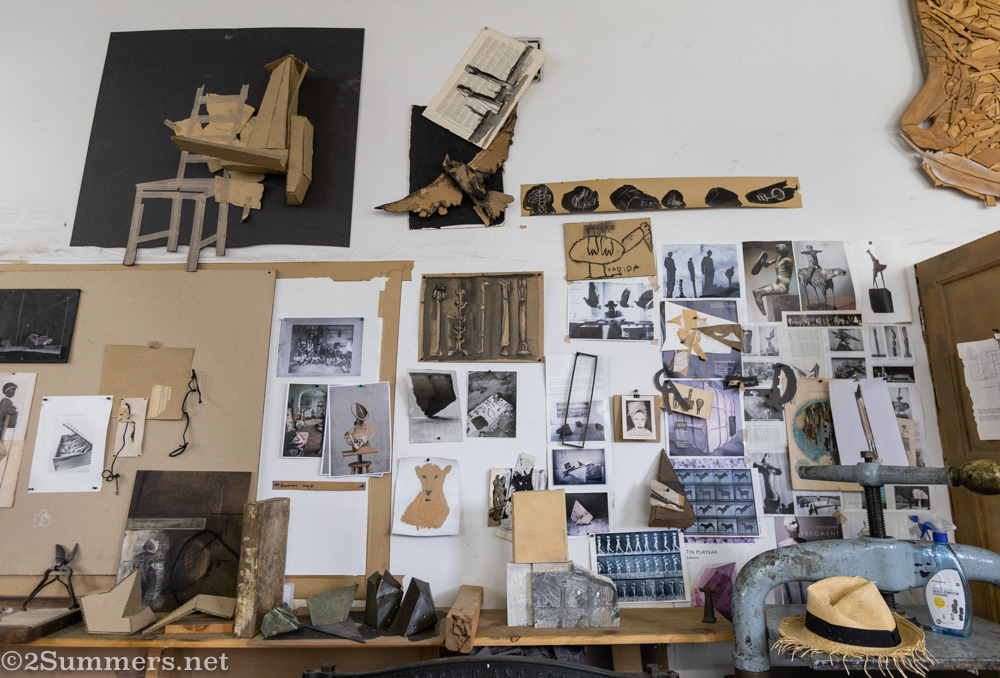
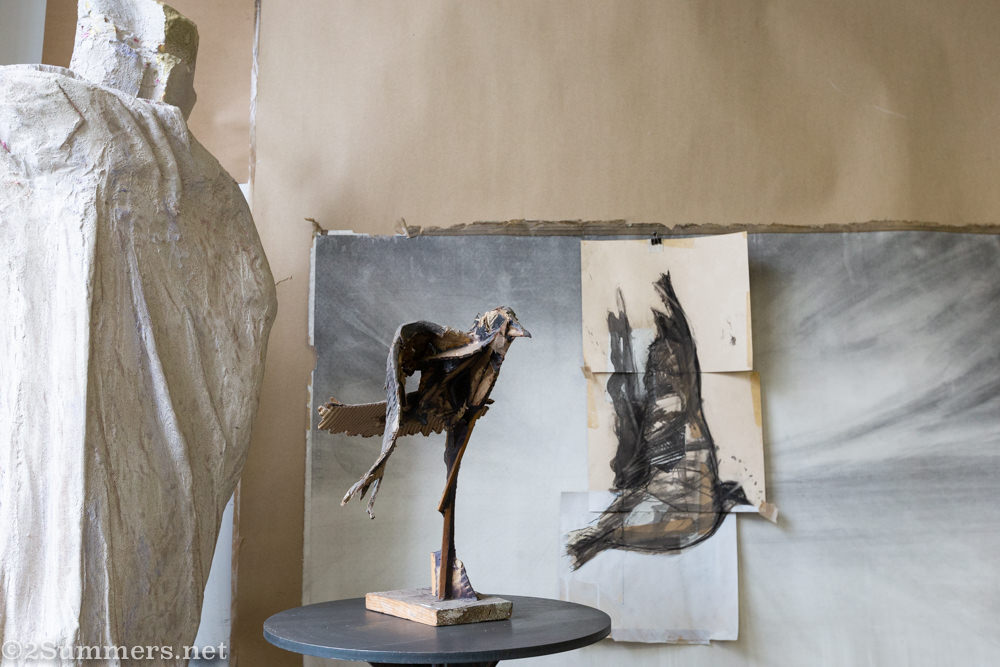
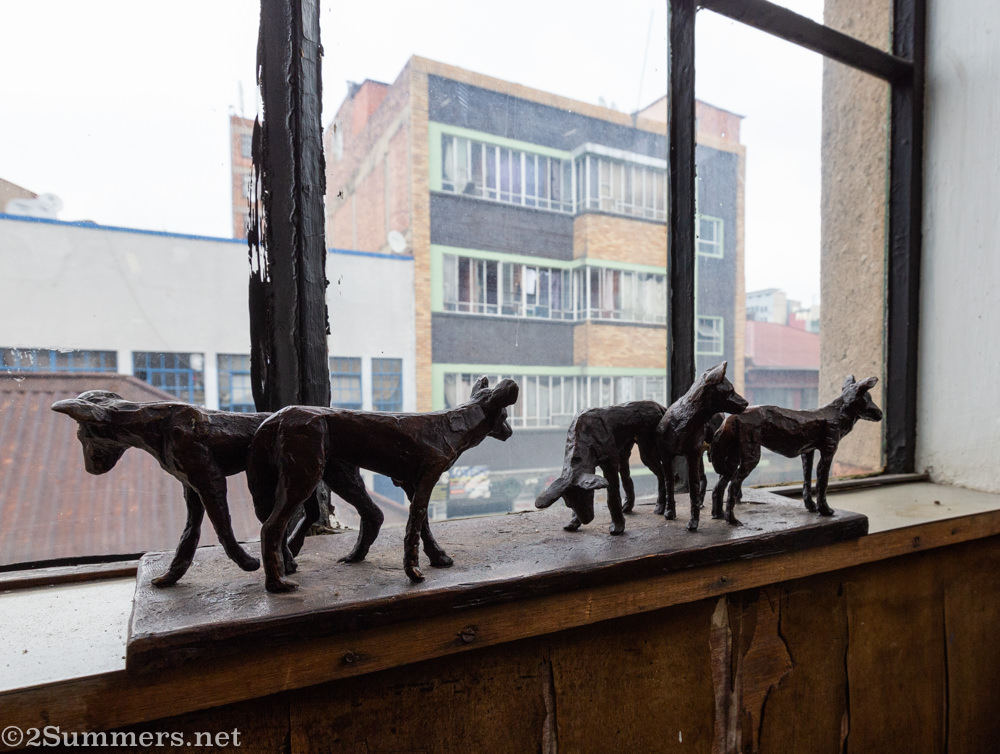
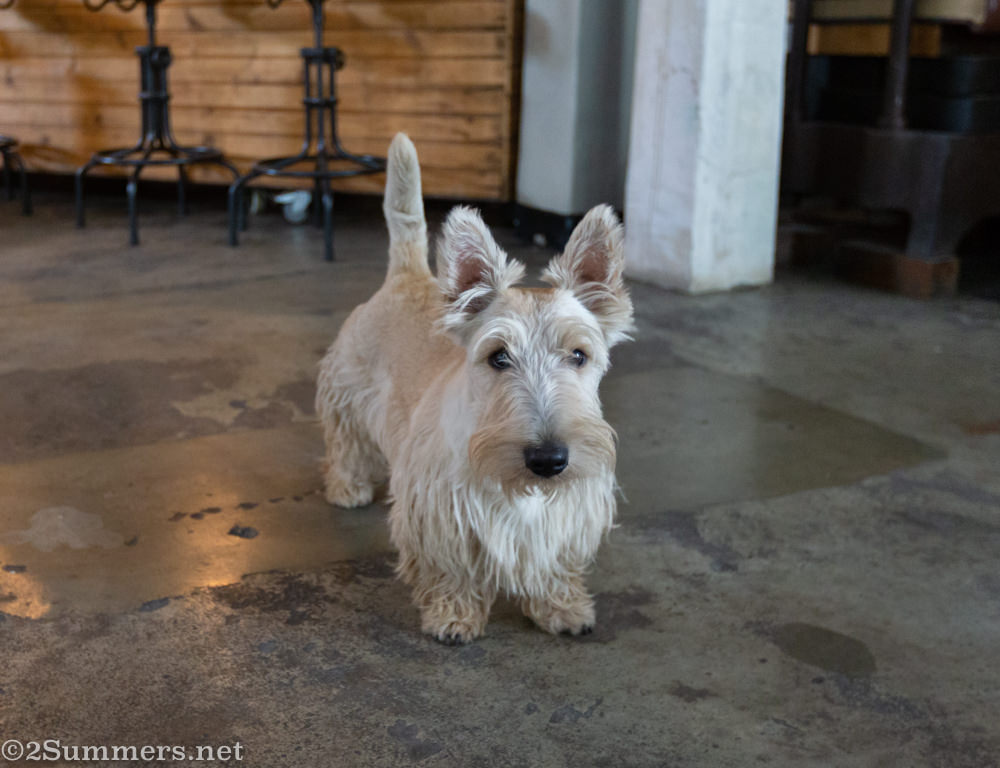
The Workhorse Bronze Foundry embodies Joburg art at its best. It’s at 2 Grahamstown Street, Marshalltown. Call 011-334-0657 or email [email protected] for information.
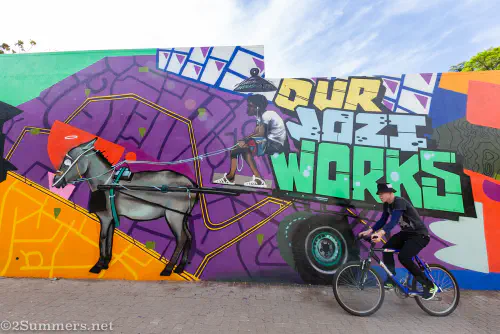
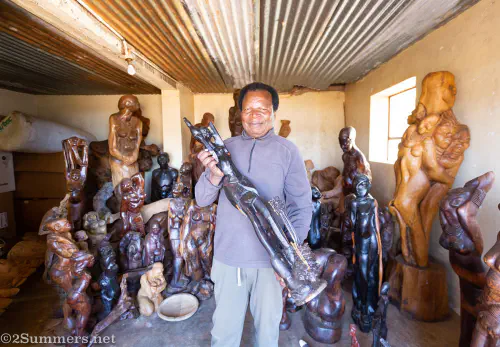
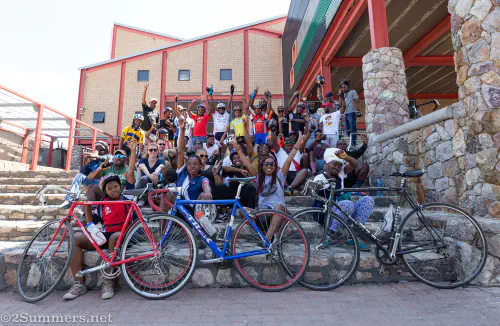
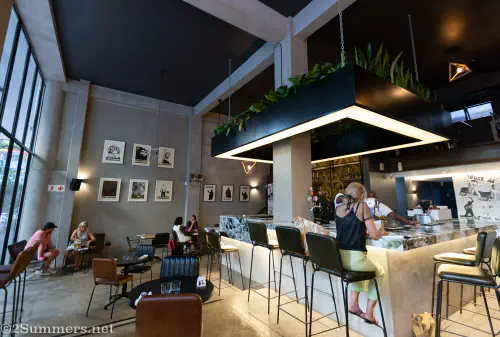
Comments
https://www.facebook.com/media/set/?set=a.10203533408108657&type=1&l=5f044752e3
Beautiful!
A happy coincidence to see this post - I will read it later. I have just come across a company called Intergate who might be able to help you in your quest for citizenship. They run a blog with articles about immigration along with assessment services
Thank you for thinking of me! I’m already working with an immigration consultant though - we’re working on the problem from several angles :)
Thank you for sharing such an interesting excursion with us! :)
Only a pleasure!
I hope you didn’t explain the whole molding process wrong, because it sounded quite logical to me.
Also, that dog – typical terrier. :)
Hahaha. Well I definitely left out a lot of details.
Thank you for all your fascinating and unusual posts about Johannesburg. I don’t get about much these days but your articles and lovely photos take me to places I might never see in the flesh.
Oh, thank you so much Jean. I really appreciate that.
Yes, the whole process blows my mind also Heather.
What a fabulous, exquisitely photographed article. What a find that foundry was! Thank you.
Thanks a lot Alison :)
Hello Heather, a really great article, just like I experienced it. Thank you A
Great post of an awesome tour, thanks for including me.
Thanks for coming!